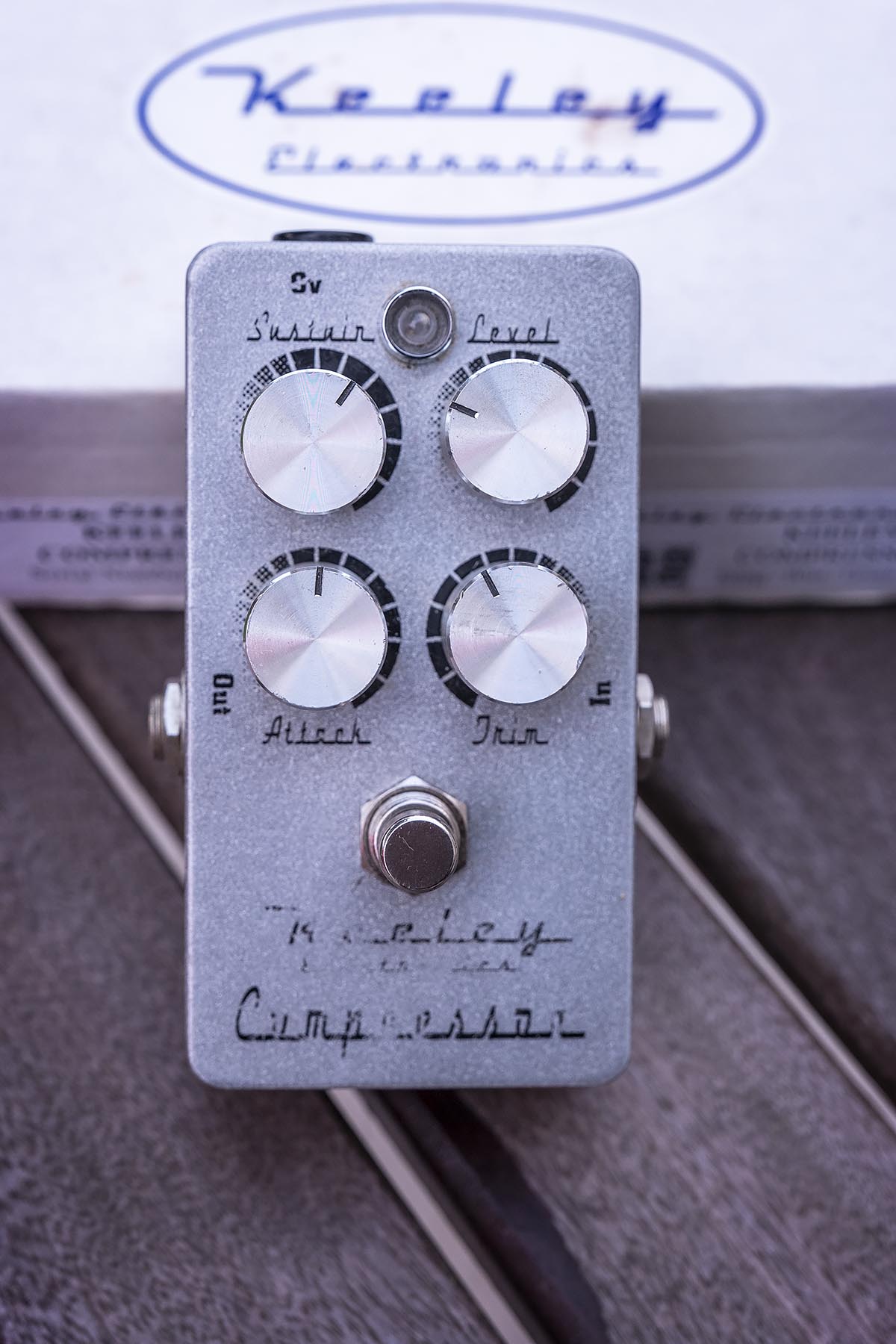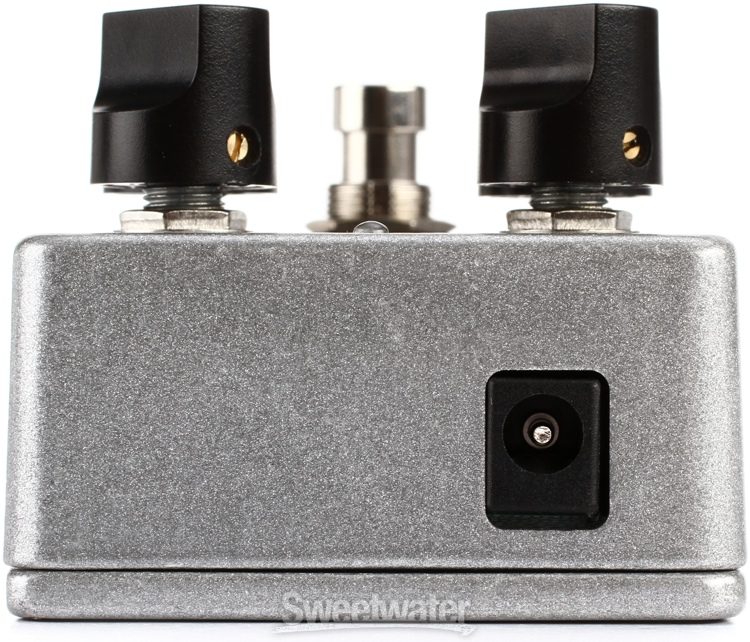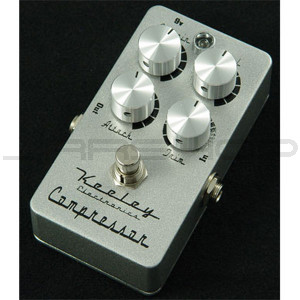

Add heavy compression and now the decay of the note doesn’t begin until the signal drops below the threshold setting and the release time comes to an end- resulting in the kind of ringing sustain you might associate with an overdriven tone, but without the overdrive/distortion characteristic. As you allow that chord to ring out without compression, it has a fairly natural, linear decay. One way to think of this is to think of strumming a single open G chord. A third important factor is the compression ratio, which controls how much compression is applied once the signal crosses the threshold.īy combining threshold, release, and ratio, the Sustain knob on the Keeley Compressor adjusts those factors in combination to result in increased sustain. Also important, is the release setting, which is essentially how soon the compressor stops compressing once the signal drops below the threshold.


KEELEY COMPRESSOR 4 KNOB MANUAL PLUS
Plus selling it will allow me to get a 'cooler' pedals (comps kinda bore my, just a utility).First off, all compressors have a threshold setting, which effectively controls how much signal the compressor has to see before the compression circuit kicks in. I always like sustain (and midrange), but not at the price of dynamics and feeling my amp through my guitar. I am excited to try it and I am a big fan of Phish, it would be great if I could ride my volume knob without riding the knob on my boost with my foot, though I will gladly sell the Keeley if my rig sounds better without it. However, I thought it might have slightly more headroom, but did get gritty using buckers with the clipping knob set to max. Again, I don't have my amp and I only could test it on a PA with a DI and that just sounded terrible no matter what was in the signal chain. I keep a pretty decent volume boost on my dirt, so I think I would probably set my input / clipping knob slightly farther back than Keeley suggests (he says keep it as high as you can without clipping, but you can only really get a good sense when not using a dirt pedal, but I like to be safe, cuz I don't like comp clipping).Īpparently a main difference between the Keeley and other Ross style comps is that the Keeley has a little more headroom to start. I also run my dirt in front the of the comp (when I use one) and that keeps the dirt touch-sensitive (dynamics, but not so much volume dynamics), so you can use playing dynamics to clean up.

However, turning it down also effects the amount of sustain, so you might have to give that a bump up. Turning it down allows you to run a hotter signal, even line level apparently into it (ie, Keyboard).
KEELEY COMPRESSOR 4 KNOB MANUAL FULL
At full blast, it matches the stock 2 knob setting and works great for single coils, but humbuckers can easily make a Ross comp distort (I hated that about other Ross clones). The clipping knob, in my understanding, is essentially an input gain, which allows to to set it for multiple types of instruments. I decided to pick up a Keeley 4 knob and give it another try, though my amp tech has my amp for the next few days. I tried a number of compressors and didn't like any (wide range of top notch ones) after I got a good tube amp.


 0 kommentar(er)
0 kommentar(er)
